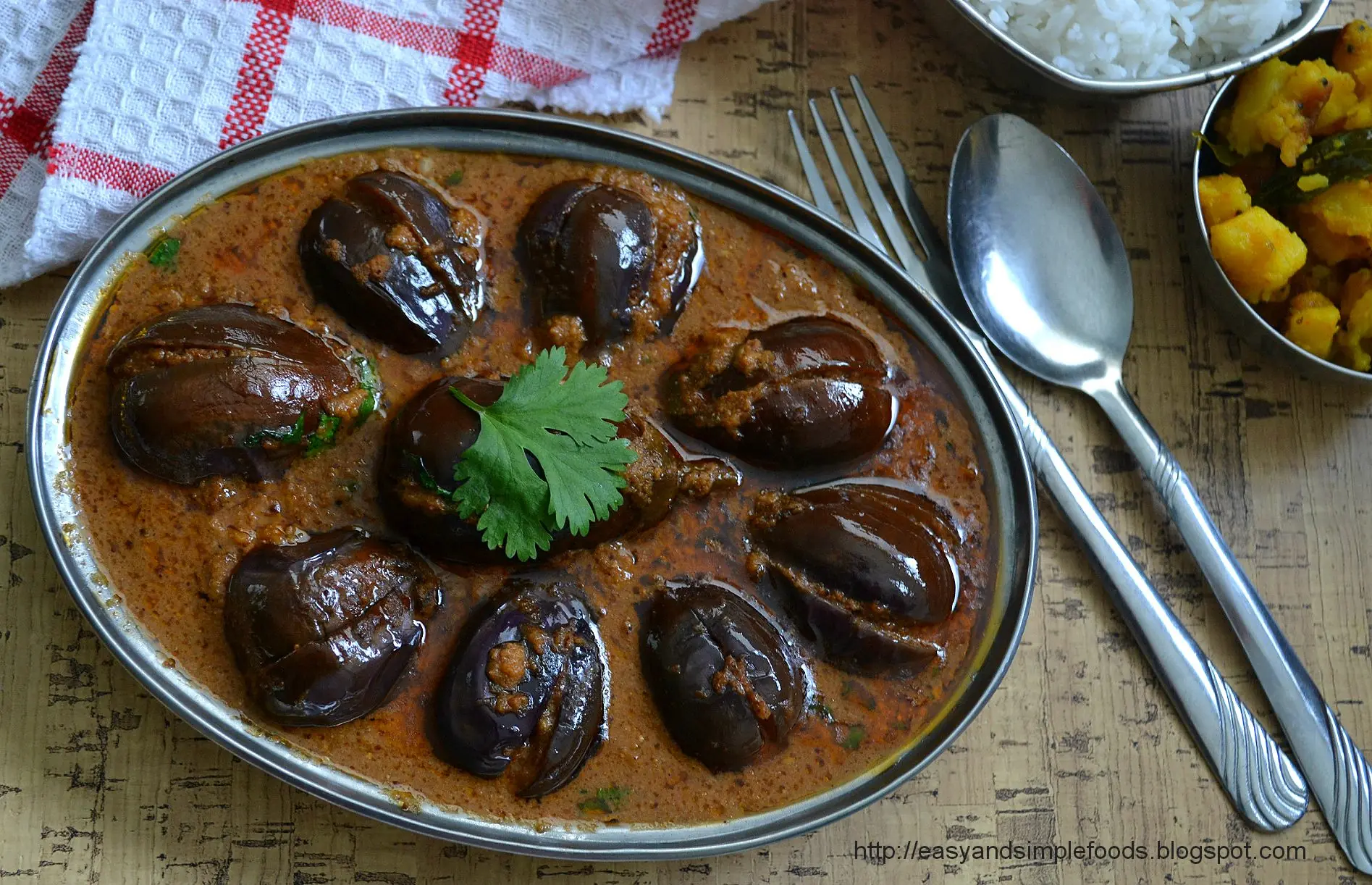There are some days when you wish to bring regional charm to your dining table. While familiar dishes such as khaman, Dosa, and aloo chop often come from the comfort of our kitchens, there are times you crave something different, that isn’t a regular on your menu. A well-chosen regional recipe can instantly add freshness and variety, especially when hosting guests.
When the list of dishes becomes repetitive, you try to give a new spin to some local or regional dish from any part of the country. First, you look for the ingredients available in your pantry, and then decide which part of the country you want to bring home through cooking.
For example, South Indian dishes demand the most basic ingredients, and magic begins in your kitchen. Many of these dishes draw heavily on tamarind or coconut, ingredients that are easily found in most Indian kitchens. Kara Kuzhambu is one such treasure from the Chettinad region of Tamil Nadu. This tangy, spicy tamarind-based curry can be made with a
There are some days when you wish to bring regional charm to your dining table. While familiar dishes such as khaman, Dosa, and aloo chop often come from the comfort of our kitchens, there are times you crave something different, that isn’t a regular on your menu. A well-chosen regional recipe can instantly add freshness and variety, especially when hosting guests.
When the list of dishes becomes repetitive, you try to give a new spin to some local or regional dish from any part of the country. First, you look for the ingredients available in your pantry, and then decide which part of the country you want to bring home through cooking.
For example, South Indian dishes demand the most basic ingredients, and magic begins in your kitchen. Many of these dishes draw heavily on tamarind or coconut, ingredients that are easily found in most Indian kitchens. Kara Kuzhambu is one such treasure from the Chettinad region of Tamil Nadu. This tangy, spicy tamarind-based curry can be made with a variety of vegetables, though brinjal (eggplant) and drumsticks with urad dal are most common.
Now you might say it is similar to sambar, but the tamarind and roasted coconut-spice paste base differs from sambar. There are several varieties and variations in preparing kuzhambus.
Some of the other vegetables that can be added to this recipe include a mix of okra, radish, beans, bottle gourd, cauliflower, pumpkin, plantains, or yams. A unique kulambu preparation is the vathal kuzhambu, which is made with unripe green berries of the rare black nightshade plant. Just like this Kara Kuzhambu, any other kuzhambu gravy may or may not contain lentils.








